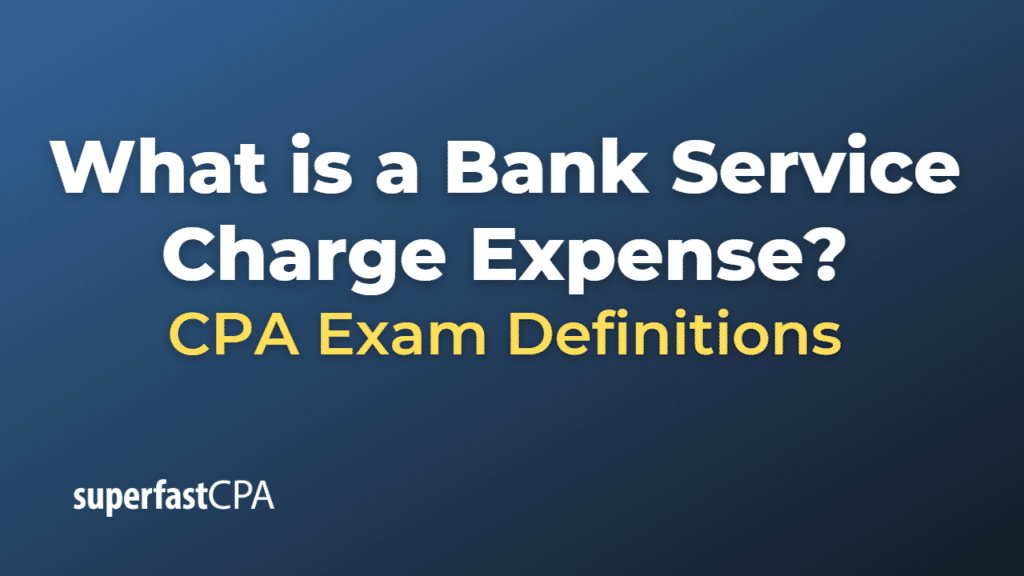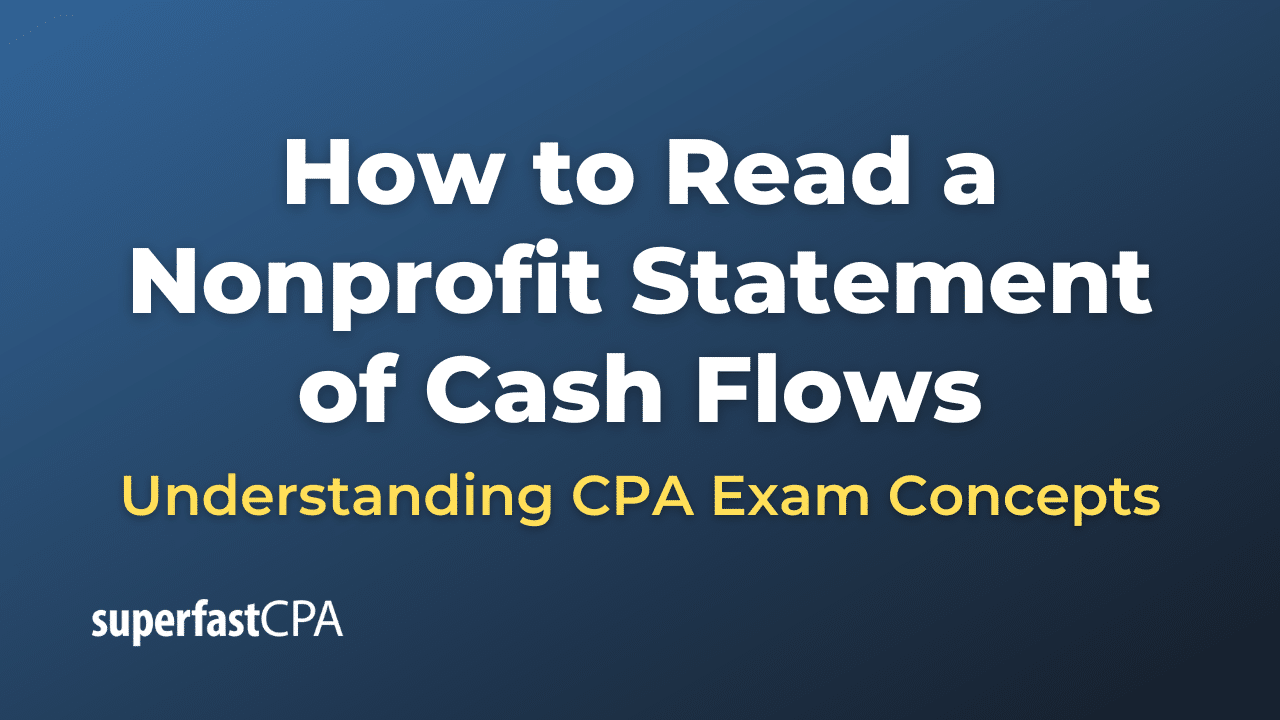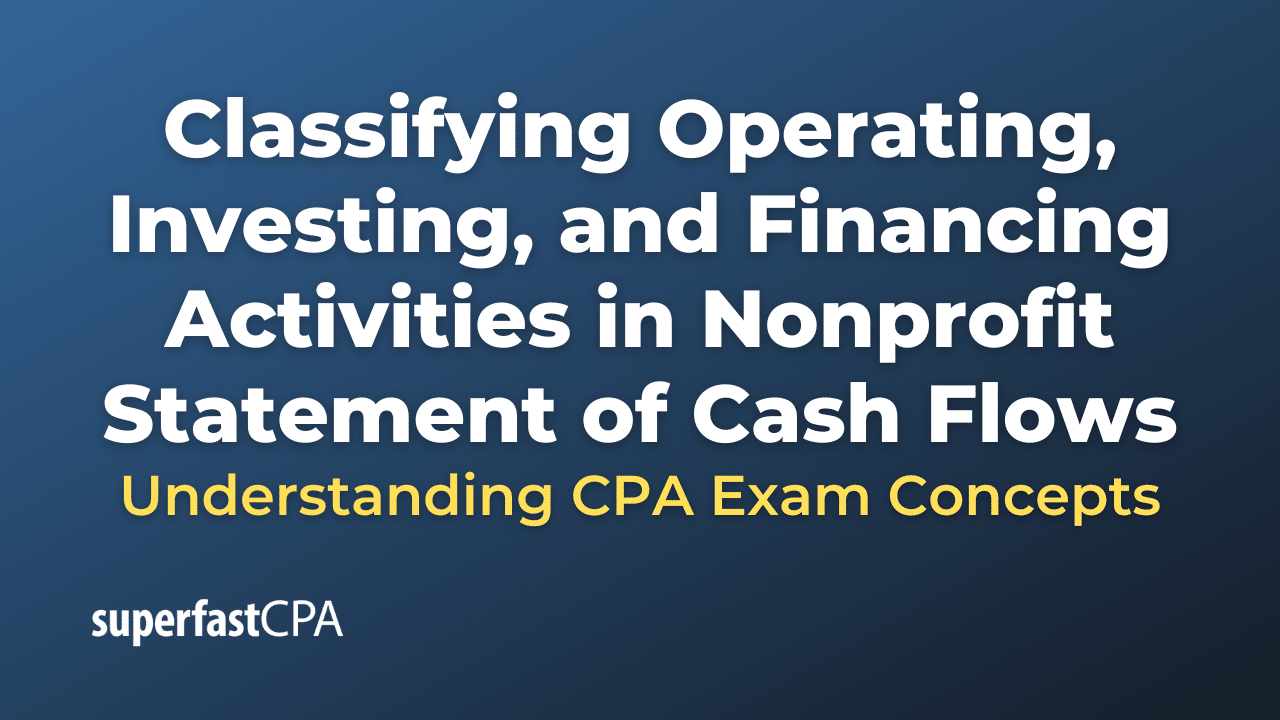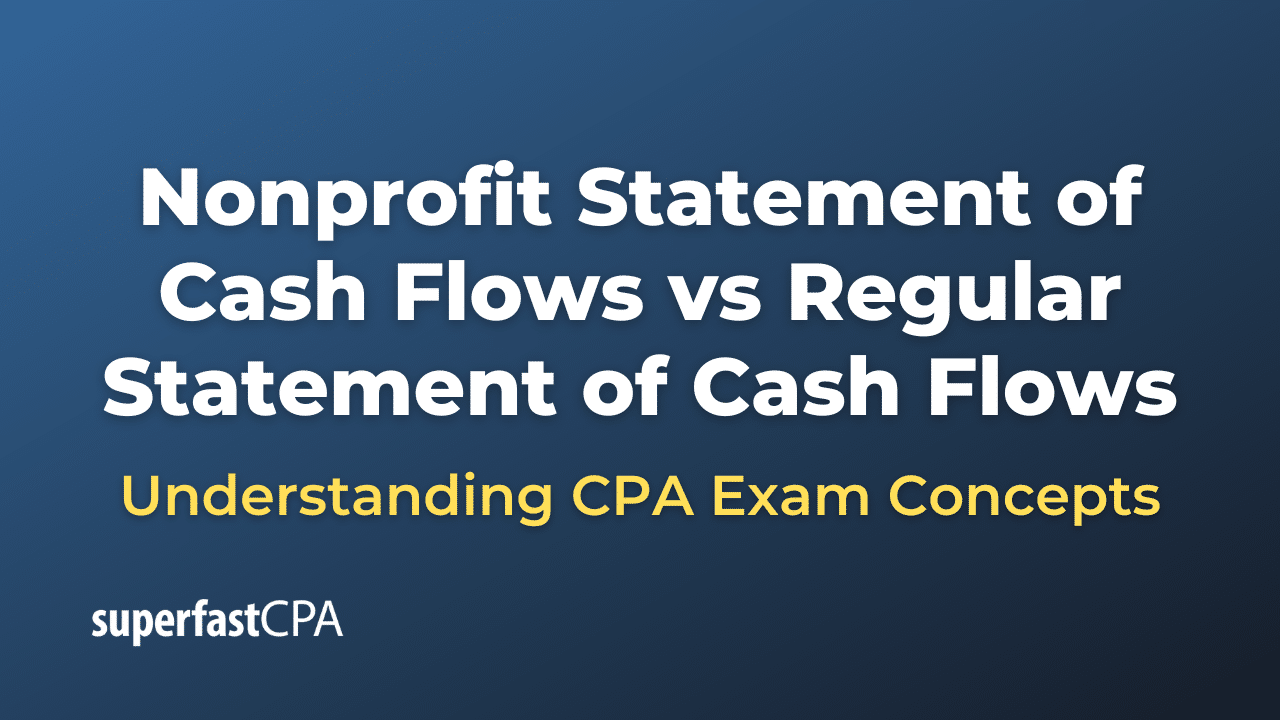Bank Service Charge Expense
A bank service charge expense refers to fees or charges that banks impose on their customers for various banking services. These charges are often recorded as an expense in an individual’s or business’s financial records, as they represent a cost incurred while using banking services. Bank service charges can include fees for account maintenance, transaction processing, ATM usage, overdrafts, wire transfers, or any other service provided by the bank.
For businesses, bank service charge expenses are typically categorized as operating expenses within the company’s financial statements, as they are a regular and necessary part of conducting business. These expenses are recorded in the general ledger or cash book and must be accounted for during the bank reconciliation process to ensure the accuracy of the financial records.
Individuals also incur bank service charges for their personal accounts, which might include fees for account maintenance, ATM usage, or other services provided by the bank. While these charges are not formally recorded as “expenses” in the same way as businesses do, they still represent a cost for the individual and should be considered when managing personal finances.
Example of a Bank Service Charge Expense
Let’s consider an example of a small business owner who incurs various bank service charges on their business checking account.
- Monthly account maintenance fee: The bank charges a monthly fee of $25 for maintaining the business checking account.
- Wire transfer fee: The business owner sends a wire transfer to a supplier and is charged a fee of $15 by the bank for this service.
- ATM withdrawal fee: The business owner withdraws cash from an out-of-network ATM and is charged a $3 fee by the bank.
- Overdraft fee: The business owner issues a check that overdraws their account, and the bank charges a $35 overdraft fee.
In this example, the total bank service charge expense for the business owner would be $78 ($25 + $15 + $3 + $35). These charges represent the cost of using banking services and should be recorded as an expense in the business’s financial records.
During the bank reconciliation process, the business owner would need to account for these bank service charges to ensure the accuracy of their financial records. They would update their cash book or general ledger to reflect these expenses, which would then be reflected in their adjusted internal records balance when preparing the bank reconciliation statement.














